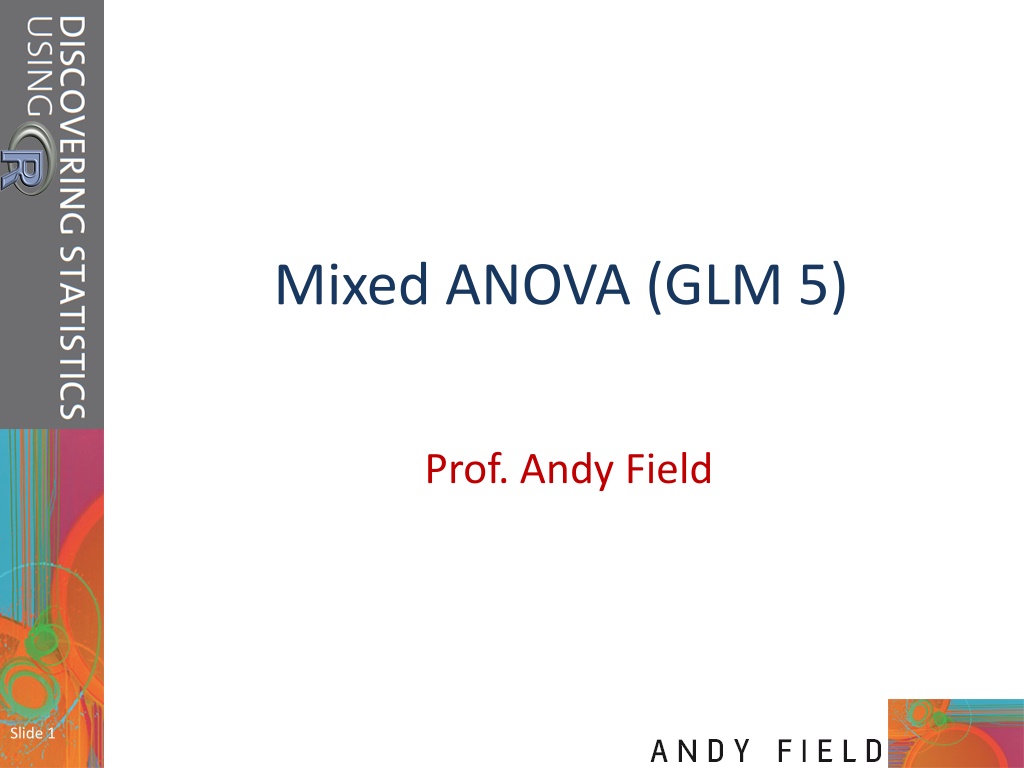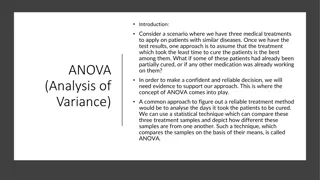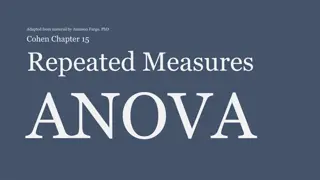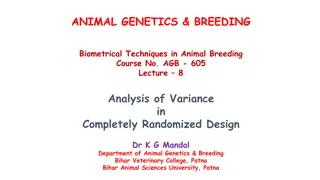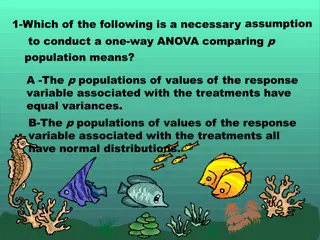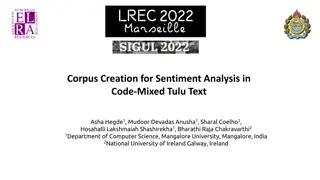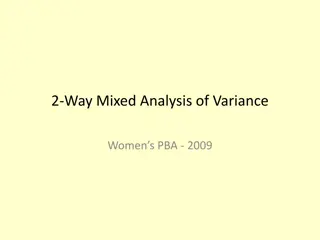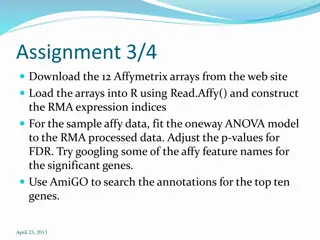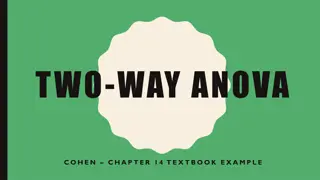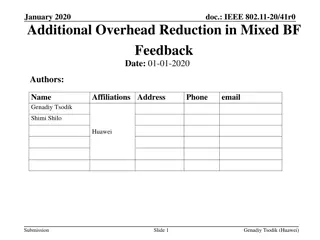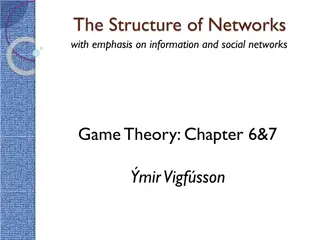Three-Way Mixed ANOVA in Research
Conducting a Three-Way Mixed ANOVA in research involves analyzing the main effects and interactions of multiple independent variables using data in long format. This method allows researchers to determine the significance of various factors on the dependent variable. Learn how to interpret the results and carry out analyses using R programming. Explore examples like speed dating to understand the nuances of this statistical technique in psychological research.
Download Presentation

Please find below an Image/Link to download the presentation.
The content on the website is provided AS IS for your information and personal use only. It may not be sold, licensed, or shared on other websites without obtaining consent from the author.If you encounter any issues during the download, it is possible that the publisher has removed the file from their server.
You are allowed to download the files provided on this website for personal or commercial use, subject to the condition that they are used lawfully. All files are the property of their respective owners.
The content on the website is provided AS IS for your information and personal use only. It may not be sold, licensed, or shared on other websites without obtaining consent from the author.
E N D
Presentation Transcript
Mixed ANOVA (GLM 5) Prof. Andy Field Slide 1
Aims What is mixed ANOVA? Carrying out mixed ANOVA using R Interpretation Main effects Interactions Slide 2
What Is Three-Way Mixed ANOVA? Three independent variables Three-way = 3 IVs Mixed: 1 or more independent variables use the same participants 1 or more independent variables use different participants A.k.a. mixed-plot design Slide 3
An Example: Speed Dating Is personality or looks more important? IV 1 (Looks): Attractive, Average, Ugly IV 2 (Personality): High Charisma, Some Charisma, Dullard IV 3 (Gender): Male or Female? Dependent variable (DV): P s rating of the date 100% = The prospective date was perfect! 0% = I d rather date my own mother Slide 4
Effects Main effects We will get an F-ratio for the main effect of each independent variable: Looks Personality Gender Two-way interactions We will get F-ratios for all possible interactions between pairs of variables: Looks Personality Looks Gender Personality Gender Three-way interactions We will get an F-ratio for the interaction between all three variables Looks Personality Gender Slide 6
Entering the Data We need the data to be in the long format. We can again use the melt() function : speedData<-melt(dateData, id = c("participant","gender"), measured = c("att_high", "av_high", "ug_high", "att_some", "av_some", "ug_some", "att_none", "av_none", "ug_none")) The latter two labels are not helpful so we ll rename these columns so that we know what they represent: names(speedData)<-c("participant", "gender", "groups", "dateRating")
Entering the Data The variable groups is a mixture of our two predictor variables (looks and personality). We need to create two variables that dissociate them. Create a variable called personality: speedData$personality<-gl(3, 60, labels = c("Charismatic", "Average", "Dullard")) Create a variable called looks: speedData$looks<-gl(3, 20, 180, labels = c("Attractive", "Average", "Ugly"))
Contrasts Slide 10
Mixed ANOVA We can use the ezANOVA() function in much the same way as for a repeated measures design. The only difference is that we can add our between-group variable (gender) by using the between = .() option: speedModel<-ezANOVA(data = speedData, dv = .(dateRating), wid = .(participant), between = .(gender), within = .(looks, personality), type = 3, detailed = TRUE) speedModel
Mixed designs as a GLM Slide 13
Building the Model baseline<-lme(dateRating ~ 1, random = ~1|participant/looks/personality, data = speedData, method = "ML") Add main effects one at a time: looksM<-update(baseline, .~. + looks) personalityM<-update(looksM, .~. + personality) genderM<-update(personalityM, .~. + gender)
Building the Model Add two-way interactions one at a time: looks_gender<-update(genderM, .~. + looks:gender) personality_gender<-update(looks_gender, .~. + personality:gender) looks_personality<-update(personality_gender, .~. + looks:personality)
Building the model Add the three-way interaction to the model: speedDateModel<-update(looks_personality, .~. + looks:personality:gender) To compare these models we can list them in the order in which we want them compared in the anova() function: anova(baseline, looksM, personalityM, genderM, looks_gender, personality_gender, looks_personality, speedDateModel)
Main Effect of Gender Slide 19
Main Effect of Looks Slide 20
Main Effect of Charisma Slide 21
The Gender Looks Interaction Slide 22
Gender Charisma Interaction Slide 23
The Looks Charisma Interaction Slide 24
Gender Looks Charisma Interaction Slide 26
